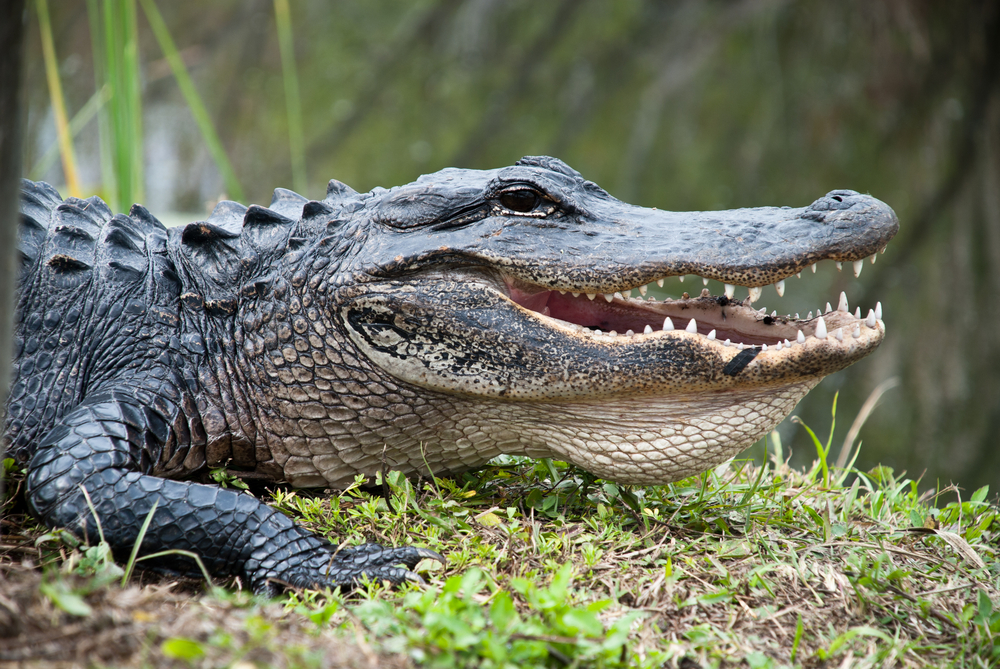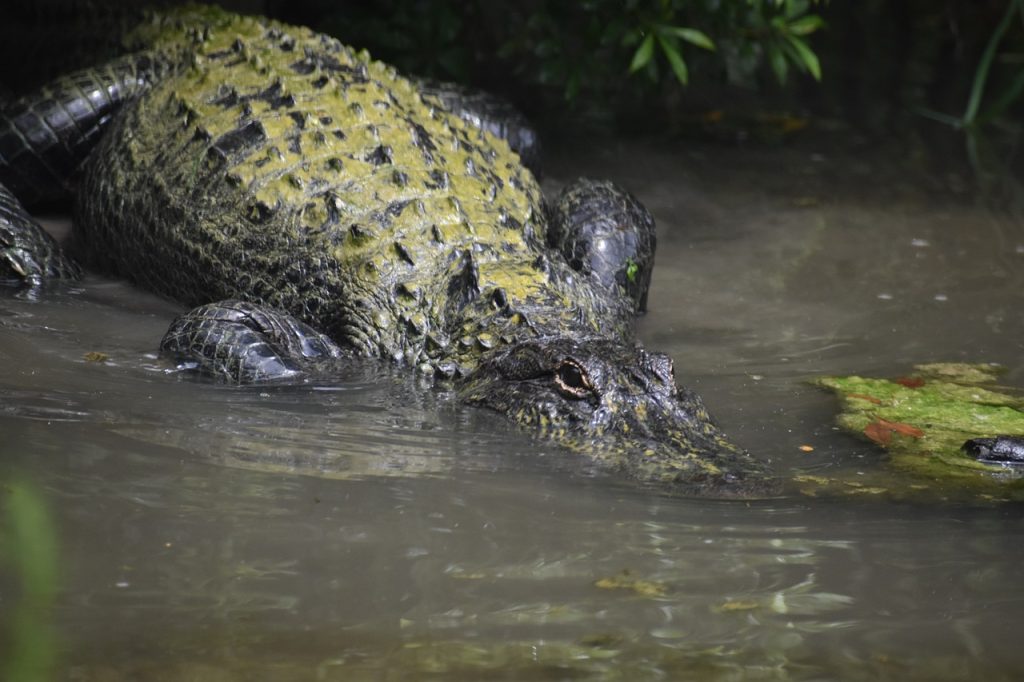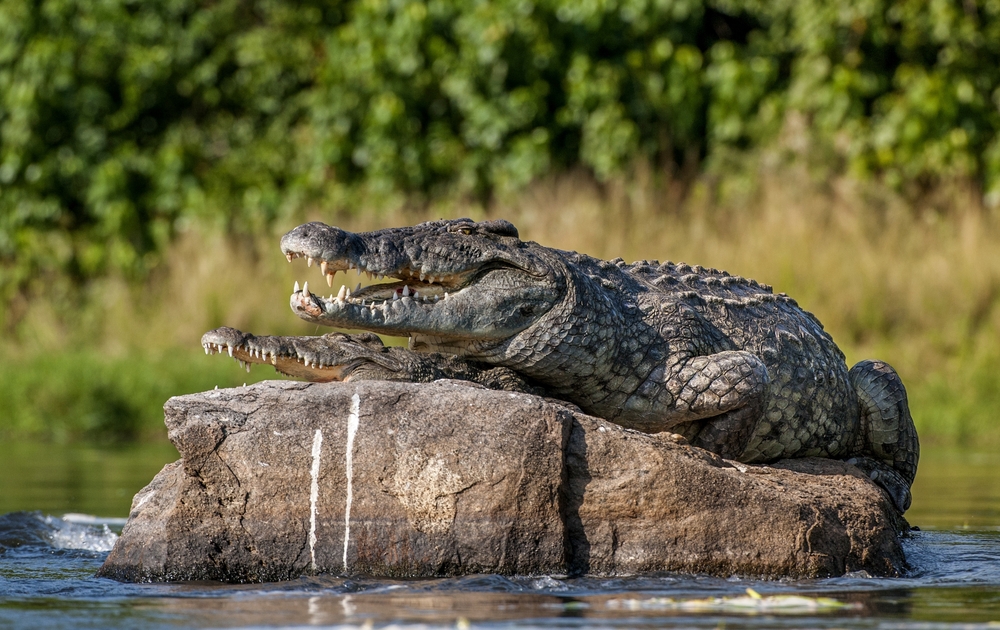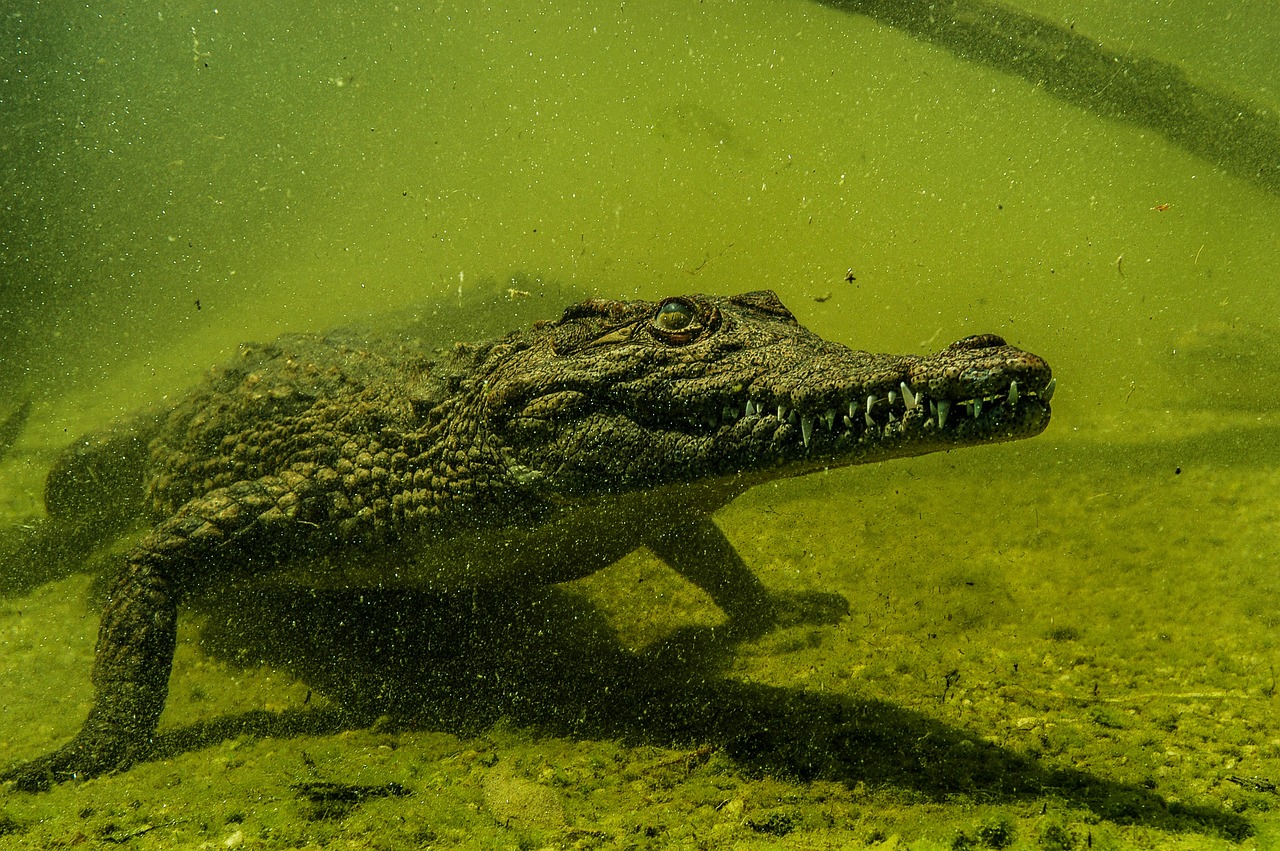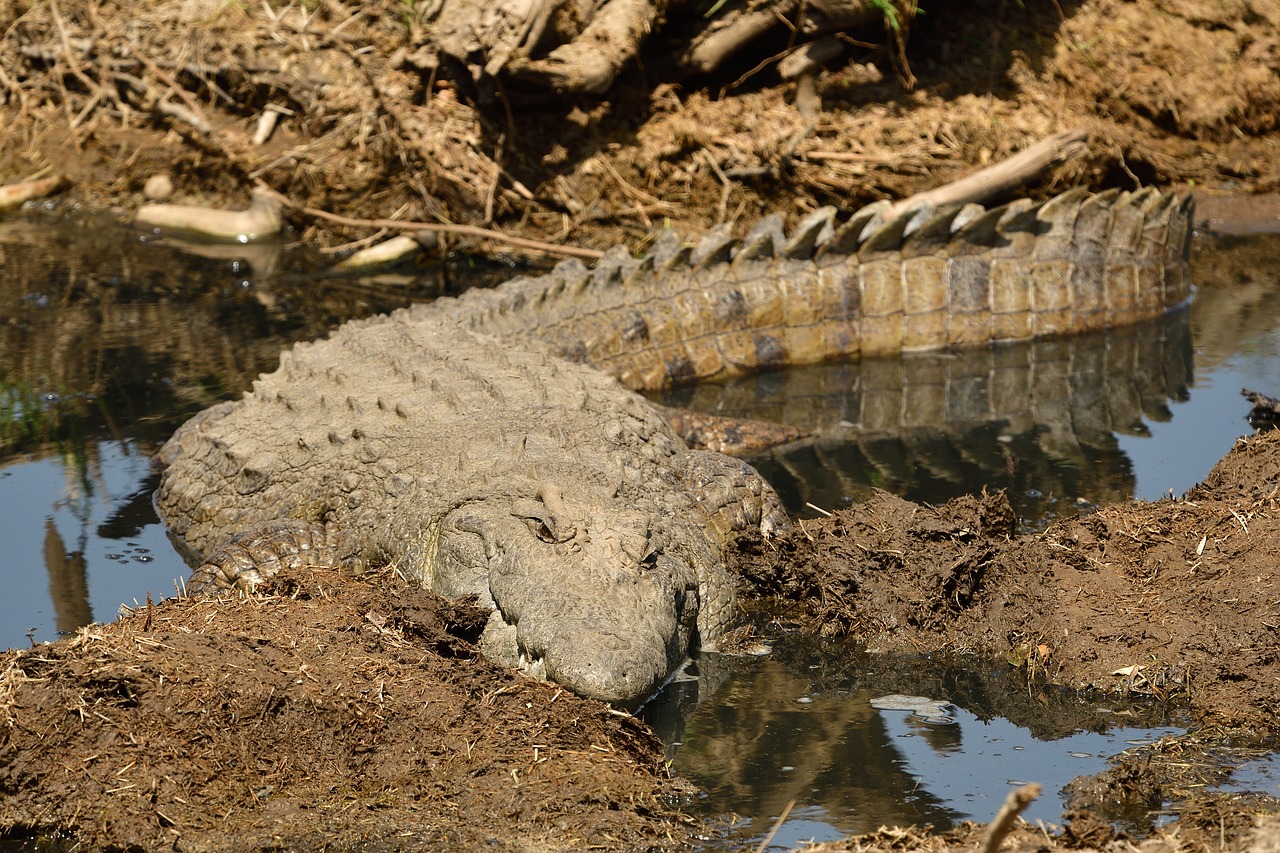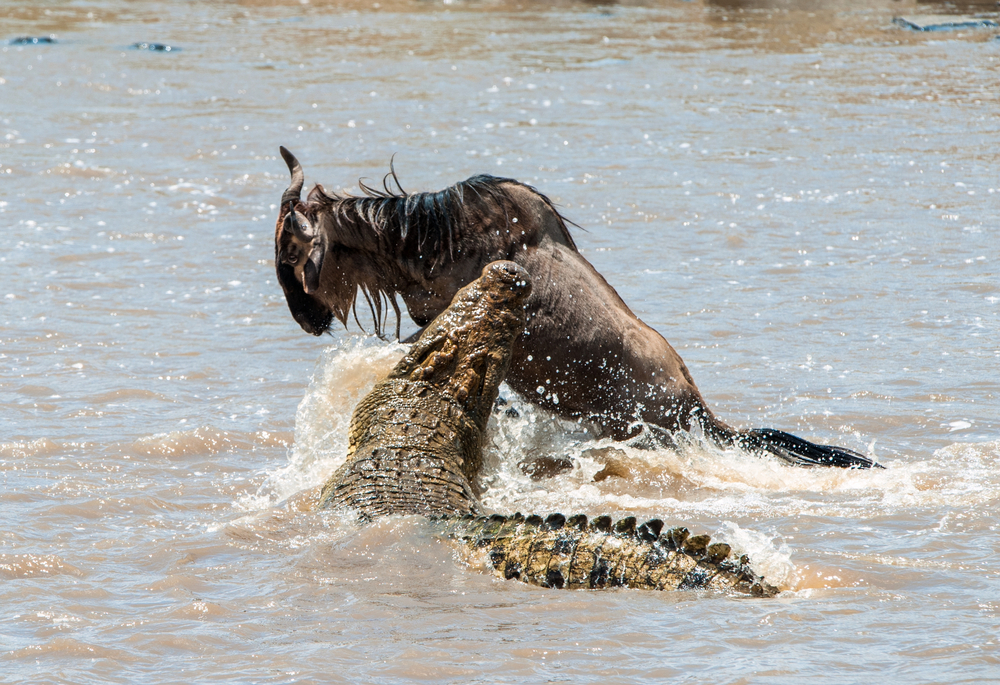The Nile Crocodile (Crocodylus niloticus) differs from other crocodile species in several key aspects:
- Size and Appearance: Nile Crocodiles are among the largest crocodile species. They can grow up to 16-20 feet long, with a rugged appearance and a distinctively broad snout, which is somewhat narrower and more V-shaped than that of alligators but wider than that of most other crocodiles.
- Habitat: While they primarily inhabit freshwater environments like rivers, lakes, and marshes in sub-Saharan Africa, Nile Crocodiles are also known to venture into brackish water. This contrasts with species like the Saltwater Crocodile, which frequently inhabits marine environments.
- Behavior and Temperament: Nile Crocodiles are known for their aggressive nature and are considered one of the most dangerous species to humans, exhibiting more bold and aggressive behavior than many other crocodile species.
- Diet and Hunting: Nile Crocodiles have a varied diet and are capable of taking down large mammals, a trait shared with some, but not all, other crocodile species. Their opportunistic feeding behavior and powerful hunting strategy set them apart from smaller crocodilian species.
- Geographical Range: The Nile Crocodile is native to Africa, which is a distinct range compared to crocodiles like the American Crocodile found in the Americas or the Saltwater Crocodile in the Indo-Pacific region.
- Reproduction: Nile Crocodiles exhibit extensive maternal care, with females aggressively guarding nests and assisting hatchlings to the water, a behavior common to many crocodilian species but varying in intensity and duration.
These differences highlight the Nile Crocodile’s unique adaptations to its environment and its role as a top predator in the African ecosystem.





































































